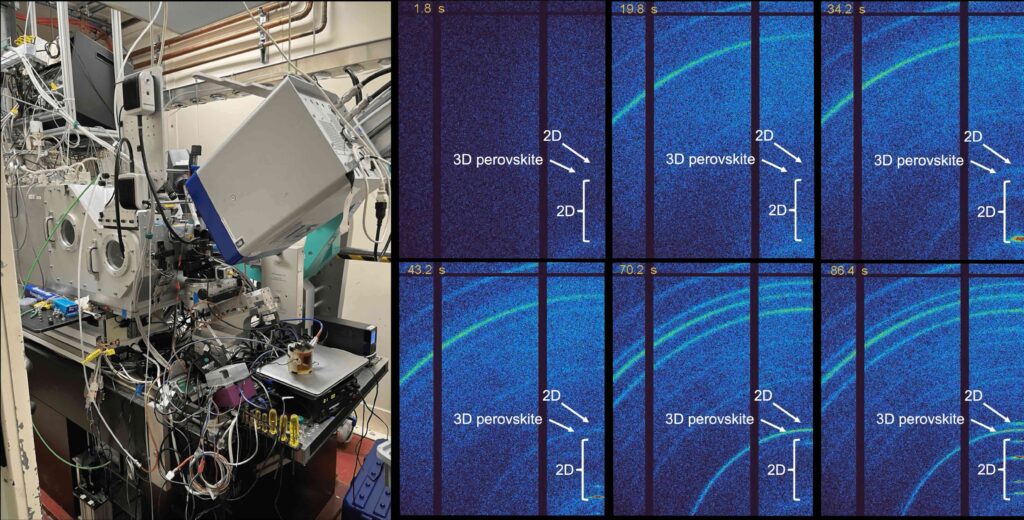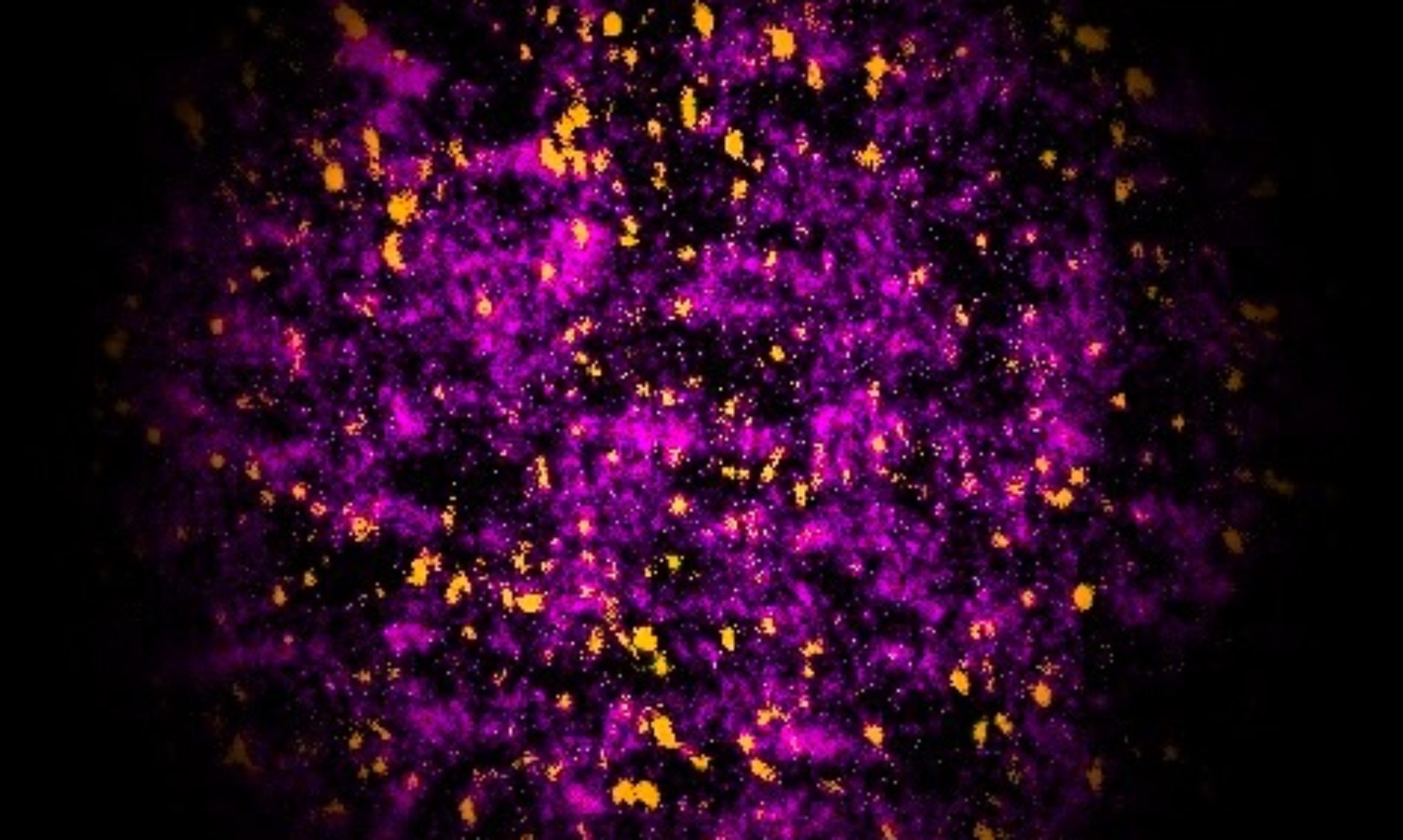Welcome AutoBot: An automated platform for the synthesis and characterization of solution processed thin films. Watch the AutoBot in action.
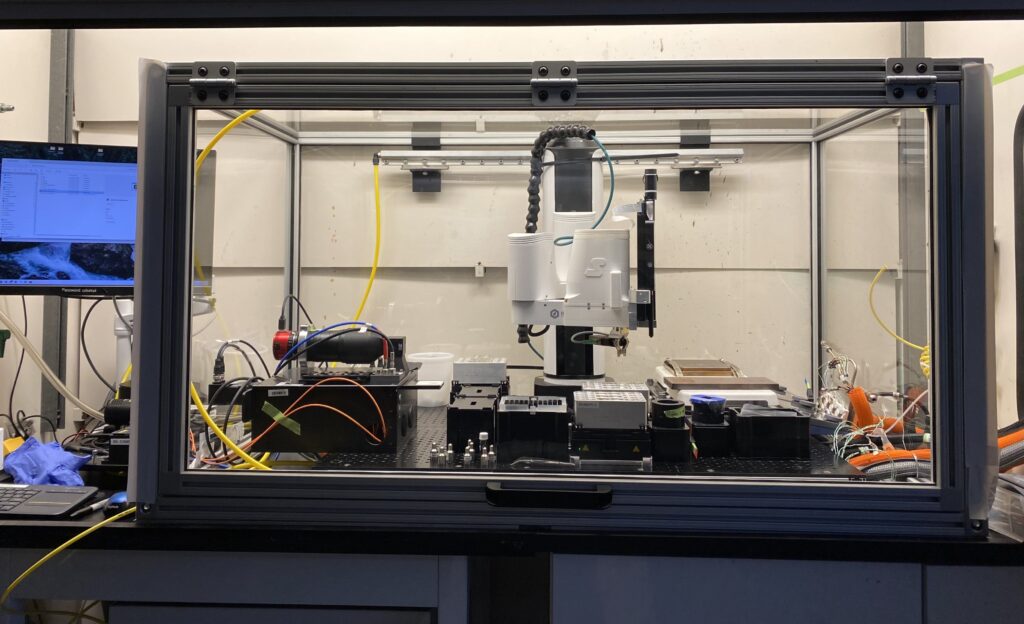
• Fully automated spin coating platform:
Dobot M1, pipette robot, spin coaters, 1.5×1.5mm2 substrates, hotplate, heatable solution shakers, characterization box, antisolvent and gas quenching units
• Inline optical characterization (UV-vis absorption and photoluminescence)
• Serves the increasing demand for high-throughput experimentations in the field of solution processed semiconductors like lead halide perovskites
• High level of process flexibility and reproducibility of results
• Atmosphere control (RH ~10-60%)
• User friendly GUI to plan and execute experiments
Time-Resolved Optical Spectroscopy to Characterize Material Synthesis:
Characterization of solution synthesis of materials grown on substrates (e.g. inorganic, organic, or hybrid thin films) via in situ optical spectroscopy during spin-coat deposition and subsequent heat treatment. In situ capabilities include:
— Spectrally resolved photoluminescence (excitation via laser diodes emitting at 405 nm, 532, and 633 nm)
— Photoluminescence imaging
— UV Vis (190 nm – 2.5 um)
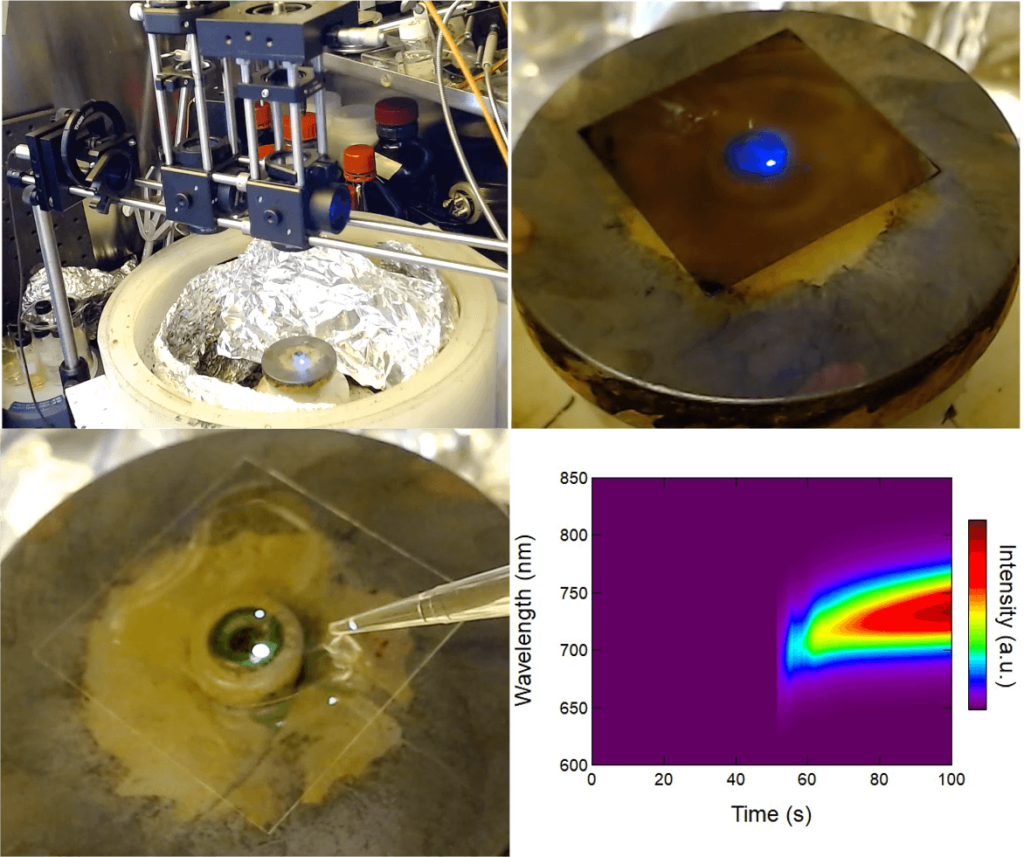
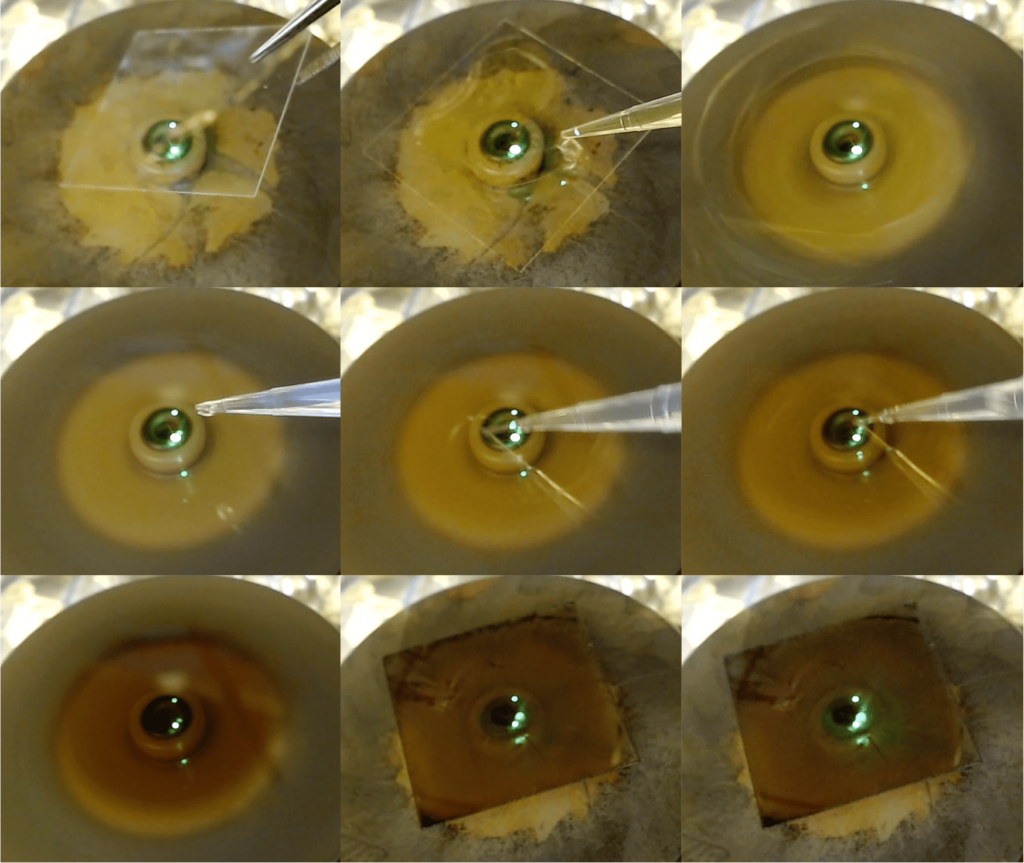
In Close Collaboration with the Advanced Light Source (ALS): Time-Resolved Multimodal Characterization of Material Synthesis:
This capability comprises a spin coater end station operated in the hutch of beamline 12.3.2. Solution synthesis of materials grown on substrates (e.g. inorganic, organic, or hybrid thin films) can be characterized by in situ diffraction and photoluminescence. Measurements can be performed during spin coating and heating in inert gas. A secondary solvent (antisolvent) can be dispersed via remote control during synthesis. The maximum substrate temperature is 300 C. See the in situ video here.
Measurements can be performed in controlled environment and controlled relative humidity.
